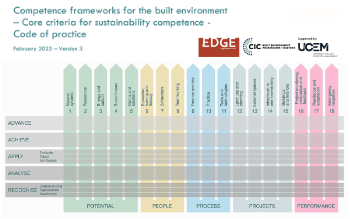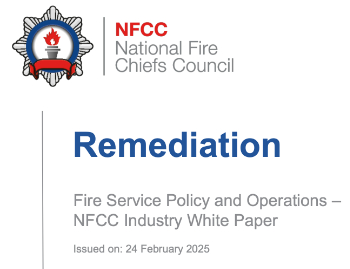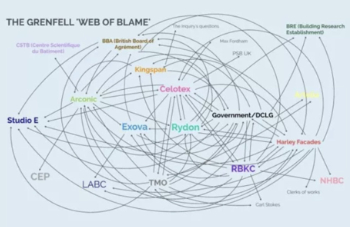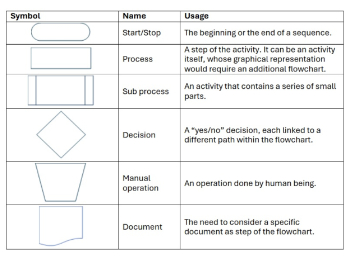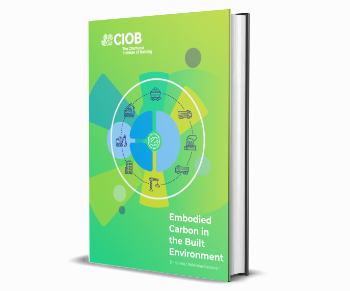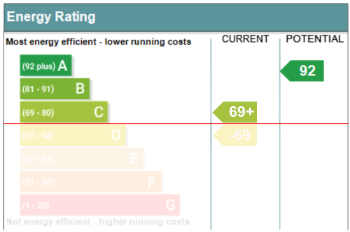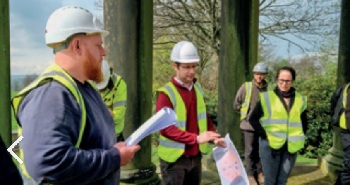Input specification vs output specification
Traditional specifications are ‘input specifications’. They are prescriptive, that is, they describe in detail the products, materials and work (the inputs) required by a contract. Typically, the development of the solution required by the contract is complete and no (or little) further development is required by the supplier. The specification is considered to be a ‘closed specification’.
Prescriptive input specifications give the client certainty about the end product when making investment decisions, but place a greater burden on them to ensure the product has been thoroughly considered, developed and described. They tend to be used where a very specific end result required.
Output specifications define only the outcomes (or outputs) that are required by the contract, that is, what it will enable the client to do. They are open specifications that do not attempt to address how those outputs might be achieved. For example, an output specification might require the provision of a space for teaching 30 primary pupils, but it would not specify the nature of the space, the types of doors and windows etc. The standard for what is required might be defined, for example, by reference to performance targets.
It is argued that output specifications can get the best value from the supply team by allowing them to adopt innovative solutions to the client's requirements and reduce whole-life costs rather than simply developing the client's pre-conceived solutions at the lowest price.
For more information see: Output-based specification.
[edit] Related articles on Designing Buildings Wiki
- Briefing documents.
- Feasibility studies.
- Final specifications.
- Insulation specification.
- Outline specification.
- Output specification
- Output-based specification.
- Performance specification.
- Prescriptive specification.
- Procurement.
- Service level specification.
- Specification.
- Tender documentation.
- Tender process.
Featured articles and news
ECA digital series unveils road to net-zero.
Retrofit and Decarbonisation framework N9 launched
Aligned with LHCPG social value strategy and the Gold Standard.
Competence framework for sustainability
In the built environment launched by CIC and the Edge.
Institute of Roofing members welcomed into CIOB
IoR members transition to CIOB membership based on individual expertise and qualifications.
Join the Building Safety Linkedin group to stay up-to-date and join the debate.
Government responds to the final Grenfell Inquiry report
A with a brief summary with reactions to their response.
A brief description and background to this new February law.
Everything you need to know about building conservation and the historic environment.
NFCC publishes Industry White Paper on Remediation
Calling for a coordinated approach and cross-departmental Construction Skills Strategy to manage workforce development.
'who blames whom and for what, and there are three reasons for doing that: legal , cultural and moral"
How the Home Energy Model will be different from SAP
Comparing different building energy models.
Mapping approaches for standardisation.
UK Construction contract spending up at the start of 2025
New construction orders increase by 69 percent on December.
Preparing for the future: how specifiers can lead the way
As the construction industry prepares for the updated home and building efficiency standards.
Embodied Carbon in the Built Environment
A practical guide for built environment professionals.
Updating the minimum energy efficiency standards
Background and key points to the current consultation.
Heritage building skills and live-site training.









